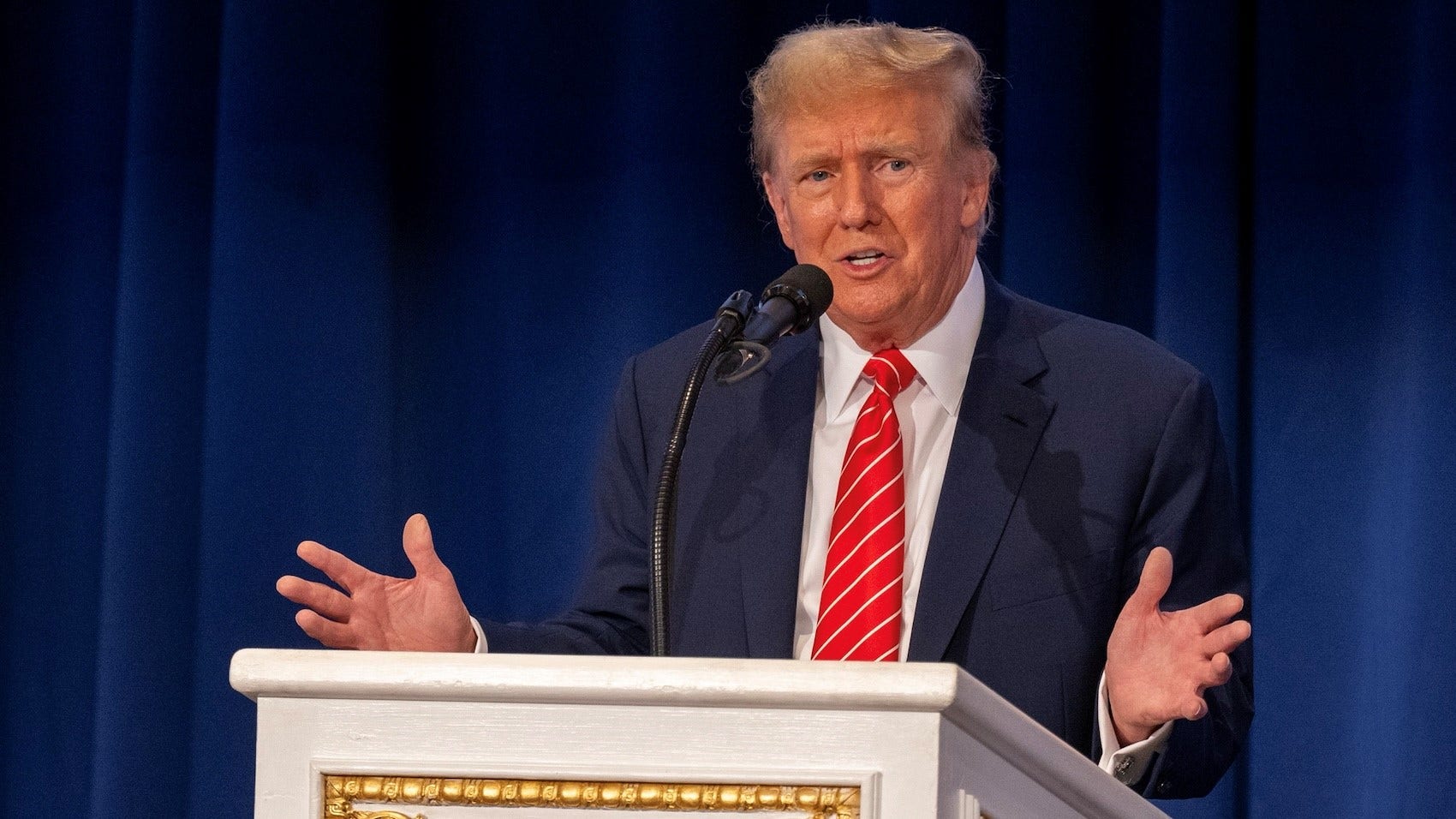Iran is quietly building a security perimeter around what is believed to be a new uranium enrichment site, fortifying the mountain base surrounding the facility to protect from a potential attack, according to a new investigation by a nuclear watchdog group.
Satellite imagery analyzed by the Institute for Science and International Security, a nonproliferation research organization, indicates that Iran is constructing yet another centrifuge assembly plant close to its Natanz nuclear facility, which is buried deep within Tehran’s mountainous terrain to safeguard it from a military strike. Western intelligence suggests the site has both the floor space and depth to house a secret enrichment facility capable of producing fuel for a nuclear bomb, according to experts who reviewed the latest findings.
The new security perimeter is being erected around Iran’s Mt. Kolang Gaz La, which is located just south of the Natanz enrichment facility long suspected of housing key portions of Tehran’s atomic weapons program. According to the institute’s findings (published publicly on Wednesday), “the multi-peaked mountain contains a new, large, deeply buried tunnel complex and a separate, smaller one dating to 2007″—neither of which have been publicly acknowledged by Tehran or inspected by the International Atomic Energy Agency (IAEA).
The discovery underscores the complexity of fresh U.S. efforts to roll back Tehran’s nuclear program through diplomatic talks. Amid the negotiations, supporters of the Trump administration’s “maximum pressure” sanctions campaign have raised concerns over a series of mixed messages regarding Iran’s future ability to enrich uranium under a prospective deal. Even with a deal, it is possible for Iran to continue conducting this work in secret at undeclared sites, like the one discovered near Natanz.
“This development underscores why Iran cannot retain uranium enrichment, centrifuges, or associated infrastructure under any new Iran nuclear deal, and why the IAEA needs anywhere, anytime access to ensure the end of Tehran’s nuclear weapons program,” said Andrea Stricker, a veteran nonproliferation expert and research fellow at the Foundation for Defense of Democracies think tank. “If Iran won’t agree to such terms, Washington and Jerusalem need to be prepared to remove the threat militarily.”
Iran’s effort to secretly build out and fortify the enrichment site suggests it is concerned about potential military action from the United States and Israel. President Donald Trump reportedly waived a strike on Tehran’s nuclear facilities as negotiations continue. Israel, however, is still mulling an attack, according to the Times of Israel.
The new site reviewed by the institute appears to be dug even deeper than Iran’s Fordow fuel enrichment plant, another key nuclear facility located anywhere from 60 to 90 meters below ground. The location near Mt. Kolang Gaz La could reach 100 meters or more, limiting the effectiveness of bunker buster bombs designed to penetrate subterranean outposts.
The rush to build a security zone around the area suggests Tehran is worried about an Israeli ground assault—similar to the one commandos carried out in January at an Iran-controlled missile plant in Syria.
“Iran is erecting security fences, likely to limit the ability of a U.S. or Israeli commando unit to go in, access, and destroy the facility,” according to Stricker. “An operation of this kind would not be surprising given the depth of the facility and Israel’s previous success in deploying a commando team to destroy the Masyaf missile facility in Syria.”
David Albright, the Institute for Science and International Security president and co-author of its latest investigation, told the Washington Free Beacon that the two underground sites in question “would be vulnerable to a ground incursion, with attackers able to hide on the mountain. So, a perimeter fence provides some additional protection against a ground attack.”
The new tunnel complex near Natanz appears to be larger and more sophisticated than a similar site first revealed by the institute in 2022. It contains two sets of tunnel entrances, likely leading to the highest peak on Mt. Kolang Gaz La. And when it is fully finished, “which may occur this year or next, this complex will hold an advanced centrifuge assembly facility that replaces an above ground one at the main Natanz site that was destroyed by an explosion in the summer of 2020.”
By analyzing the floor space provided by the mountain’s peak, the institute determined the new site “may also house additional sensitive capabilities; most worrisome, a small undeclared gas centrifuge facility.”
Iran has already deployed around 6,000 advanced nuclear centrifuges at its Fordow and Natanz plants over the past several years, all of them inaccessible to IAEA inspectors who are legally required to perform oversight. Iran, the institute believes, “appears capable of secretly deploying a few thousand advanced centrifuges in the new tunnel complex.”
While it remains unclear if the new location is fully online, “the construction of a security perimeter around the mountain implies that operation is expected relatively soon.”
Iran agreed on Tuesday to hold talks with the IAEA about restoring surveillance cameras at several nuclear sites, though this would not include undeclared locations like the one being built near Natanz.
“Considering Iran’s record of building many clandestine nuclear facilities, getting greater clarity at what Iran intends to do at the underground sites under the peaks of Mt. Kolang Gaz La should be a priority for the IAEA and all concerned countries,” the institute said in its report. “If Iran is building an enrichment plant and did not declare it to the IAEA when it authorized construction, this would be a serious safeguards violation.”
Read the full article here






